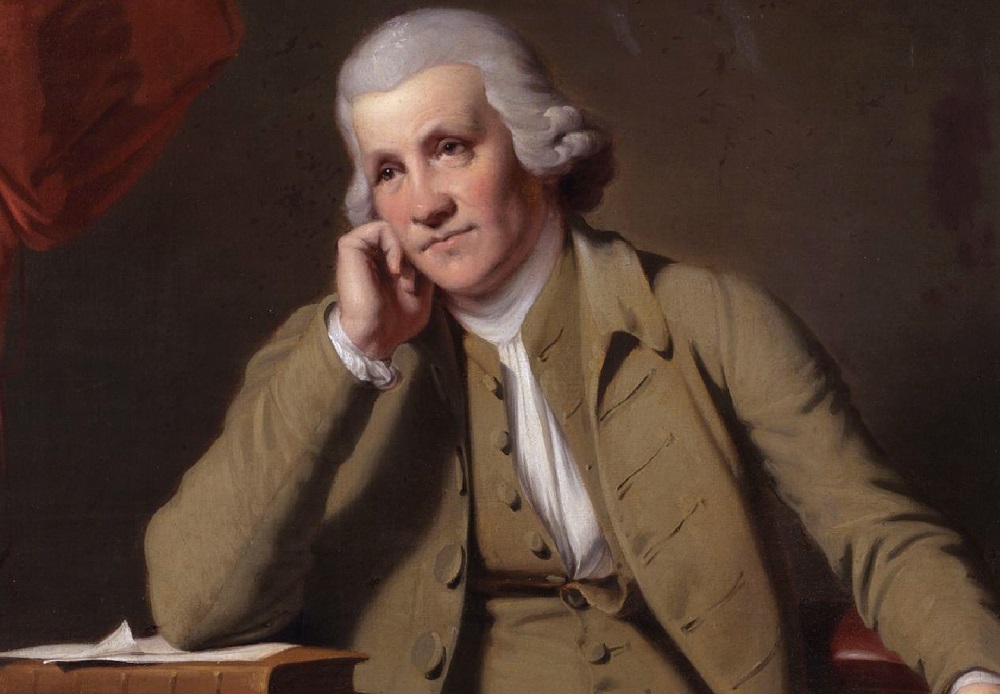Key Figures – Jedediah Strutt

Key Figures – Jedediah Strutt 1726-97
Jedediah Strutt, 1726-97, was the son of a prosperous farmer and maltster. He was born in South Normanton and moved to Findern near Derby, when he became apprenticed to a wheelwright. The details of his early adult years are unknown, but about 1754 he returned to the area of his birth having inherited a farm from an uncle. There is more than one version of the story of his introduction to the hosiery business and of his subsequent invention, the Derby rib machine, patented in 1759. Through a series of partnerships and much aided by the nonconformist network of which he was a staunch member, the new business prospered and by 1762 Strutt was in Derby working with his brother William and other partners. His patent survived a challenge in the courts in 1766, after which his business grew substantially. At Derby the product was principally silk hose. The raw silk was bought in London, prepared at Strutt’s Silk Mill in Derby and put out to be knitted, or knitted on the firm’s own frames. It was a successful business which continued in the family’s hands until 1803 and it was the profit earned in Derby which enabled Jedediah to build up his cotton spinning concerns in Belper and Milford.
Jedediah’s introduction to this fledgling industry arose through Richard Arkwright’s search for financial support to develop the machinery he had patented in 1769 but which his original partners were unable to fund adequately. The link was Samuel Need, a wealthy Nottingham hosier and business partner of Strutt’s. He is alleged to have sent Richard Arkwright to see Jedediah Strutt in Derby and a deal was struck. Need and Strutt, on payment of £500, joined the Arkwright partnership; with their backing, Arkwright was able to start converting the premises he had leased in Nottingham, where he intended to drive his new machine by horse power. Even before production began in Nottingham, the partners had signed the Cromford lease, a step which was to have far-reaching consequences for the development of the factory system. The Cromford Mill partnership was profitable financially and, more importantly, it produced a model which could be used elsewhere.
Jedediah Strutt’s business was a family affair. His wife, his brother and his brother-in-law all played a part and in 1770, when he reached the age of 14, his eldest son William joined the firm. So too did the younger sons George Benson Strutt and Joseph when they left school, and from time to time their sister Elizabeth helped out. It is known that Jedediah Strutt had a house in Cromford and is also said to have lived in Belper while the mills were being built. He built a fine house at Milford; it was probably here that he died in May 1797. In his last years, relations with other members of the family had become strained, possibly as a result of his second marriage, and it is clear that much of the burden of running the business had been handed over to his sons.

